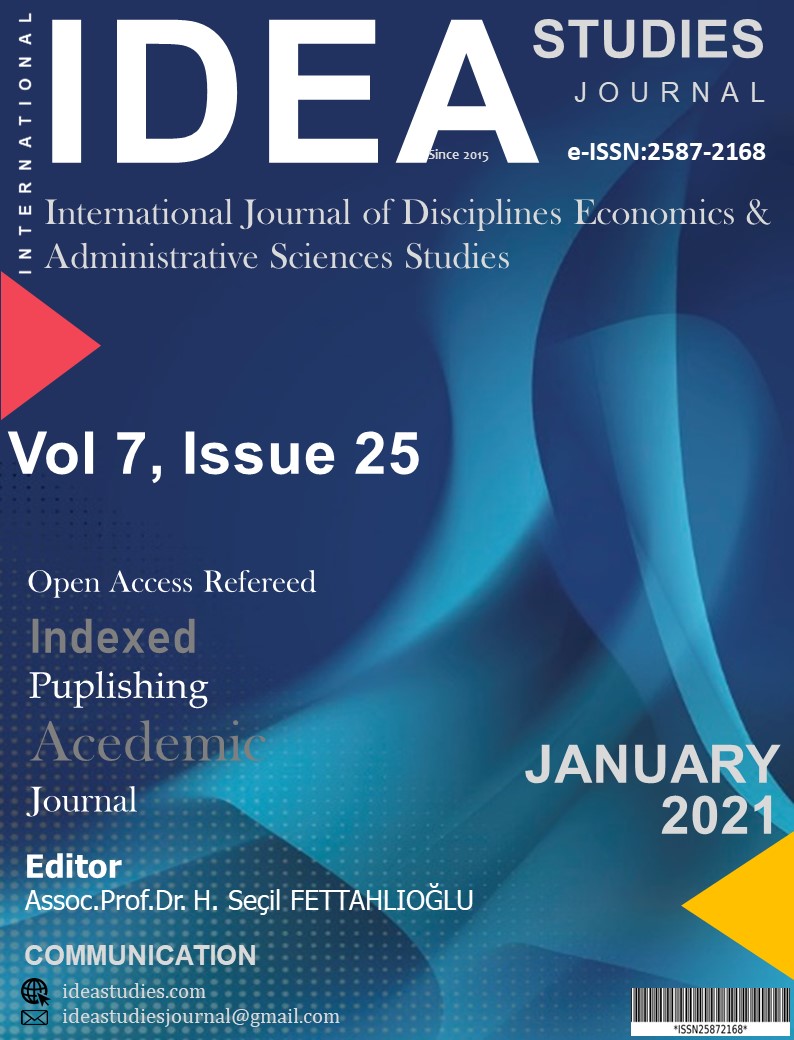Author :
Abstract
Muhasebe ve denetim dünyasında hile ve yolsuzluğa yönelik yaklaşımlar ve mücadele yollarına dair teorik ve pratik tartışmalar son 20 yılda giderek yoğunlaştı. 2000’li yıllarda Amerika Birleşik Devletleri’nde ENRON, World-Com ve HealthSouth, Avrupa’da ise Parmalat, Royal Ahold ve Vivendi Universal gibi büyük şirketlerde yaşanan yüksek profilli kurumsal skandallar bu tartışmaları tetikleyen önemli bir gelişmeler oldular. Hileli mali raporlama, kazanç yönetimi, denetim sorunları gibi alanlardaki mevcut yaklaşımlar da sorgulanmaya başlandı. 2000’li yıllara kadar başta Amerika ve Avrupa olmak üzere tüm dünyada denetim standartlarının temeli olarak görülen dolandırıcılık üçgeni (AICPA, SAS 99 2002) yaklaşımları yetersiz görülmeye başlanırken, yeni kurumsal dolandırıcılık olgularından hareket ederek günün ihtiyaçlarına uygun yeni dolandırıcılık modelleri (Wolfe ve Hermanson 2004; Dorminey vd. 2010) gündeme geldi. Globalleşen ve dijitalleşen dünya ekonomisi koşullarında mesleki dolandırıcılık kavramına yeni bir bakış açısı ve teorik çerçeve kazandırılması gerektiğini düşünen birçok araştırmacı da (örn. Cohen vd. 2010) yeni yaklaşımlar geliştirdiler. Bu makalede bu alandaki yaklaşımları geçmişten günümüze kısaca özetleyecek ve hile, yolsuzluk ve mesleki dolandırıcılıkla mücadele konusunda en etkili uluslararası kurumlardan biri olan olan ACFE’nin (Association Of Certified Fraud Examiners -Uluslararası Sertifikalı Sahtekarlık Denetçileri Derneği) yolsuzluk ve mesleki dolandırıcılık yaklaşımına yakından bakacağız.
Keywords
Abstract
In the accounting and auditing world, theoretical discussions about approaches and ways to combat misconduct, cheating and corruption have grown steadily over the past 20 years. The intensification of globalization and digitalization around the world from the 2000s, when large companies faced high-profile corporate scandals amplified these discussions. In this study, we summarize the various discussions conducted since the beginning of the last century in the field of cheating, corruption and misconduct theory. Besides, in light of the definitions and reports of misconduct of ACFE (Association of Certified Fraud Examiners), one of the largest professional organizations in the world, we aim to present a general panorama of the cheating and corruption discussions around the world.
Keywords
- ACFE (2020), 2020 ed. of the Report to the Nations, https://www.acfe.com E.T.:22.09.2020
- ACFE (2020), 2020 ed. of the Report to the Nations, https://www.acfe.com E.T.:22.09.2020 ACFE (2012), Report to the Nations: Occupational Fraud and Abuse
- Albrecht, W., Howe, K. & Romney, M. (1984). Deterring fraud: The internal auditor’s perspective. Altamonte Springs, FL: The Institute of Internal Auditors Research Foundation
- Cressey, D. R. (1950), The Criminal Violation of Financial Trust. American Sociological Review. Vol. 15, No. 6 (Dec., 1950), pp. 738-743
- Cressey, D. R. (1953) Other People’s Money: The Social Psychology of Embezzlement. New York, NY: The Free Press.
- Dorminey, J., A. S. Fleming, M. J. Kranacher & R. A. Riley. (2012), The Evolution of Fraud Theory. Issues in Accounting Education Vol. 27.
- Homer, E.M. (2020) Testing the fraud triangle: a systematic review , Journal of Financial Crime Vol. 27 No. 1, 2020 pp. 172-187, Emerald Publishing Limited 1359-0790, DOI 10.1108/JFC-12-2018-0136
- Jack Dorminey, A. Scott Fleming, Mary-Jo Kranacher, and Richard A. Riley, Jr. (2012), The Evolution ofFraud Theory, Issues in Accounting Education, Vol. 27, No. 2 2012, American Accounting Association pp. 555–579
- Kassem, R., Higson, A. (2012), The New Fraud Triangle Model, Journal of Emerging Trends in Economics and Management Sciences (JETEMS) 3(3): 191-195
- PwC (2020) Fighting fraud: A never-ending battle, PwC’s Global Economic Crime and Fraud Survey, 2020
- Smith, A. (1976) An Inquiry into the Nature and Causes of the Wealth of Nations, 1776, Chicago, IL: The University of Chicago Press (1976).
- Soltani, B. (2014). The Anatomy of Corporate Fraud: A Comparative Analysis of High Profile American andEuropean Corporate Scandals. Journal of Business Ethics, 120(2), 251–274. doi:10.1007/s10551-013-1660- z
- Strader, J. K. (2002). Understanding white collar crime. Newark, NJ: Lexis Nexis.
- Wolfe, D. T., & Hermanson, D. R. (2004). The fraud diamond: considering the four elements of fraud. The CPA Journal , 38-42.
- Woodward J. D., Jr., N. M. Orlans, and P. T. Higgins. (2003) Biometrics: Identity Assurance in the Information Age. Santa Monica, CA: McGraw-Hill.





